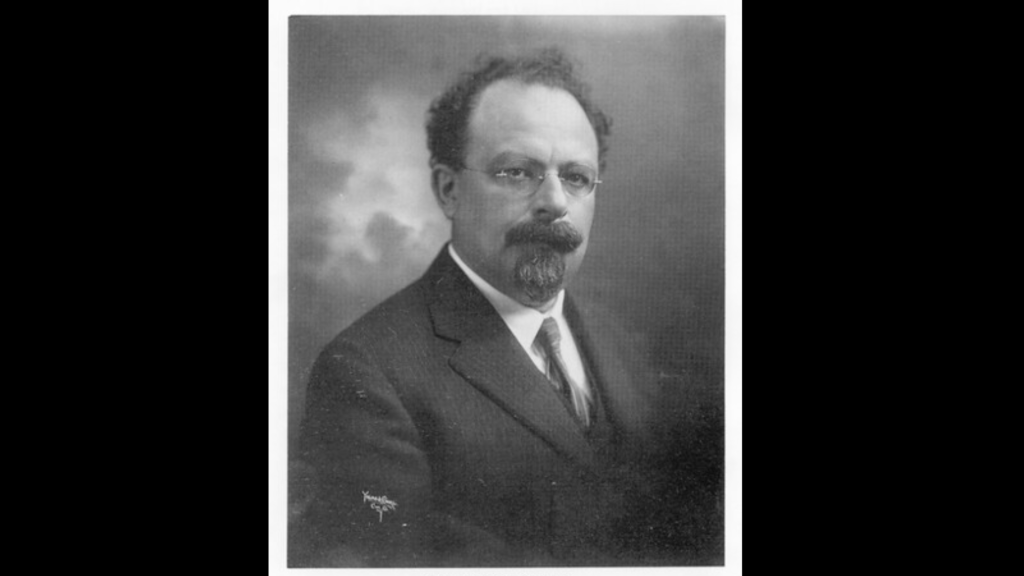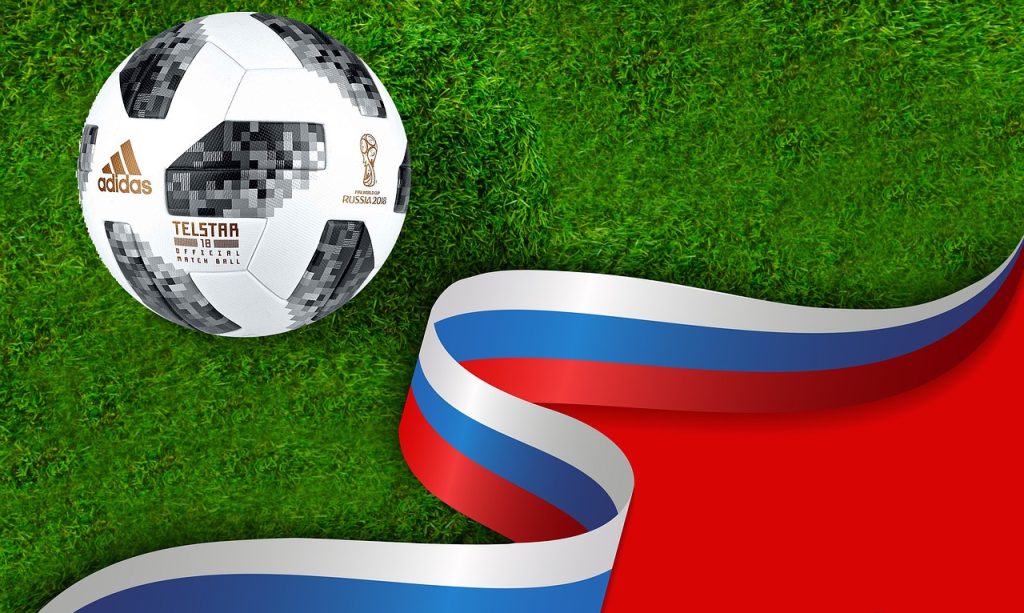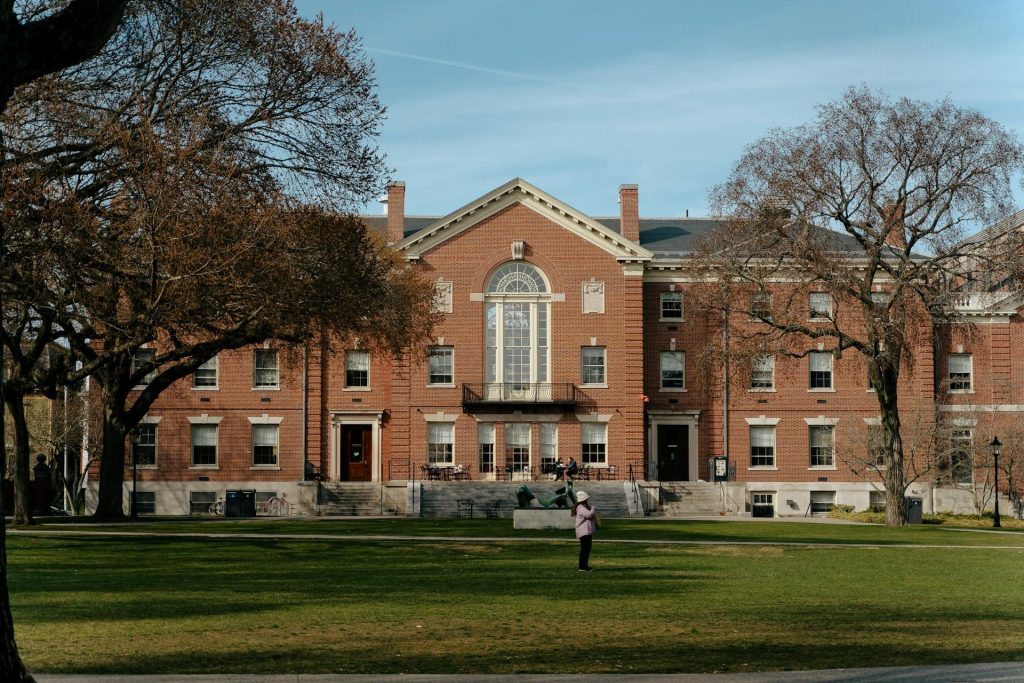Abraham Zevi Idelsohn was a Jewish musicologist, composer, and cantor born in 1882 in Latvia. He is best known for preserving and studying Jewish music from around the world.
After moving to Jerusalem in the early 1900s, he collected traditional melodies from Jewish communities and brought them together in new forms.
He also published important books on Jewish music, helping others understand its meaning. Idelsohn’s work shaped how Jewish songs are sung and remembered today across many countries.
About the Song
Hava Nagila is a joyful Hebrew folk song that means Let Us Rejoice. It is often played at Jewish celebrations, especially weddings and bar mitzvahs.
The tune is upbeat, encouraging dance and unity. Abraham Zevi Idelsohn arranged the melody and added Hebrew lyrics to uplift spirits and bring people together.
| Details | Information |
|---|---|
| Released | 1918 |
| Writers | Abraham Zevi Idelsohn ( Arranged the Song) |
Hava Nagila Lyrics by Abraham Zevi Idelsohn

Hava nagila, hava nagila, hava nagila venismecha
Hava nagila, hava nagila, hava nagila venismecha
Hava nera’nena, hava nera’nena, hava nera’nena venismecha
Hava nera’nena, hava nera’nena, hava nera’nena venismecha
Uru, uru achim
Uru achim, belev same’ach
Uru achim, belev same’ach
Uru achim, belev same’ach
Uru Achim, belev same’ach
Uru achim
Uru achim, belev same’ach
Hava nagila, hava nagila, hava nagila venismecha
Hava nagila, hava nagila, hava nagila venismecha
Hava nera’nena, hava nera’nena, hava nera’nena venismecha
Hava nera’nena, hava nera’nena, hava nera’nena venismecha
Uru, uru achim
Uru achim, belev same’ach
Uru achim, belev same’ach
Uru achim, belev same’ach
Uru Achim, belev same’ach
Uru achim
Uru achim, belev samea’ch
Similar Songs Like Hava Nagila
If you like Hava Nagila, you might also enjoy these other songs. They share the same joyful spirit and connection to Jewish traditions. Each one has its own special meaning and feeling:
- Siman Tov u’Mazal Tov: This celebratory song brings blessings and good luck to weddings and bar mitzvahs with lively instruments and repeated chants of joy.
- Hevenu Shalom Aleichem: Focused on peace and unity, this piece encourages friendship and welcome through simple lyrics and warm, traditional melodies.
- Zum Gali Gali: A rhythmic workers’ song with a strong beat and repeating phrases, often used to inspire teamwork and cooperation in group settings.
- Erev Shel Shoshanim: Romantic and soft, this love song talks about a night of roses and is popular at weddings for its gentle and poetic tone.
Similar Writers Like Abraham Zevi Idelsohn
Here are some similar writers you might like. They also specialize in Jewish music, blending tradition with cultural freedom:
- Shlomo Carlebach
Genre: Jewish Folk, Religious, Spiritual
Top Albums: Days Are Coming (1991), Live at the Village Gate (1963), At the Village Gate Again (1964) - Naomi Shemer
Genre: Israeli Folk, Traditional Hebrew
Top Albums: Jerusalem of Gold (1967), Lu Yehi (1973), Songs of Naomi Shemer (compilation) - The Barry Sisters
Genre: Yiddish Jazz, Klezmer, Vocal Harmony
Top Albums: Side by Side (1955), At Home with the Barry Sisters (1961), Their Greatest Yiddish Hits (1965) - Theodore Bikel
Genre: Folk, Yiddish, World Music
Top Albums: A Taste of Chanukah (1999), Songs of Israel (1955), Silent No More (2005)
Frequently Asked Questions
What can Children Learn from Singing Hava Nagila?
Children learn about joy, celebration, and the importance of sharing happiness with others.
Why is Hava Nagila Often Sung at Joyful Events?
It brings joy, smiles, and fosters a sense of closeness and togetherness among people.





















